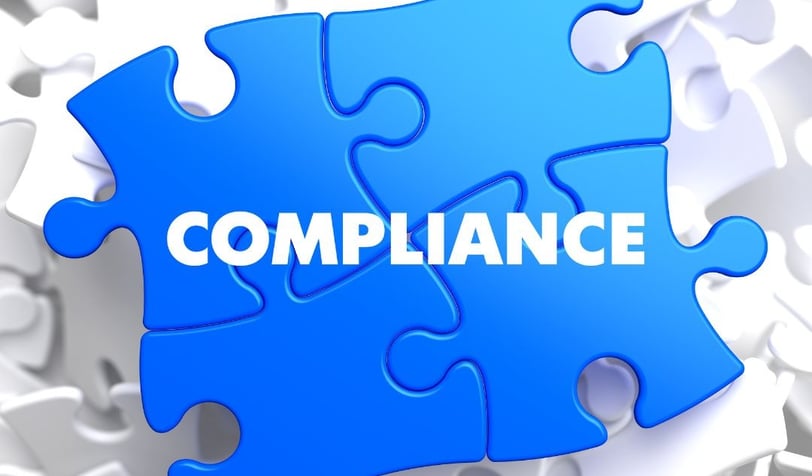The Role of Technology In Anti-Money Laundering Compliance
4/4/20242 min read


The Role of Technology In Anti-Money Laundering Compliance
The role of technology in Anti-Money Laundering (AML) compliance has become increasingly pivotal as financial institutions and businesses strive to meet regulatory requirements and combat financial crimes more effectively. Technology serves as a cornerstone in identifying, preventing, and reporting money laundering activities. Here's a detailed elaboration on its multifaceted role:
1. Enhanced Detection and Monitoring
Technology enables the automated detection and continuous monitoring of suspicious transactions. Advanced software can analyze vast volumes of data to identify patterns indicative of money laundering, such as unusual transaction sizes, frequencies, or geographical locations. This capacity for real-time analysis significantly outpaces what human analysts could achieve, reducing the time to identify suspicious activities.
2. Improved Risk Assessment
Technological tools facilitate a more accurate and dynamic risk assessment process. By leveraging big data analytics and machine learning, financial institutions can assess the risk levels of their clients more precisely. This involves analyzing historical transaction data, social network information, and public records to assign risk scores, enabling a tailored approach to monitoring transactions and customer behavior based on their risk profile.
3. Regulatory Reporting Efficiency
Regulatory compliance requires the reporting of suspicious activities to relevant authorities. Technology streamlines this process through automated reporting systems, which can generate and submit reports more quickly and accurately than manual processes. This not only ensures compliance but also enhances the efficiency of communication with regulatory bodies.
4. Blockchain and Cryptocurrency Monitoring
With the rise of cryptocurrencies, technology plays a crucial role in monitoring and regulating transactions that bypass traditional banking systems. Blockchain analysis tools help in tracking the flow of cryptocurrencies, identifying suspicious wallets, and linking digital identities with real-world entities. This is essential for applying AML regulations in the rapidly evolving digital currency landscape.
5. Customer Due Diligence (CDD) and Know Your Customer (KYC)
Technological solutions automate and enhance the CDD and KYC processes, crucial for AML compliance. These solutions can verify identities, screen against watchlists and sanctions lists, and monitor ongoing customer activity without the need for manual intervention. This automation helps in achieving greater accuracy and efficiency in ensuring that businesses are not inadvertently facilitating money laundering.
6. Artificial Intelligence and Machine Learning
AI and machine learning algorithms are at the forefront of advancing AML efforts. They can predict, identify, and learn from patterns of money laundering behavior over time, continually improving the effectiveness of detection mechanisms. This adaptive technology means that institutions can stay one step ahead of criminals who constantly evolve their methodologies.
7. Cloud Computing
Cloud-based AML solutions offer scalability, flexibility, and accessibility, enabling institutions to deploy AML solutions more rapidly and at scale. The cloud supports vast data storage and sophisticated analytics tools necessary for comprehensive AML efforts, all while potentially reducing operational costs.
8. Integration Capabilities
Modern AML technologies are designed to integrate seamlessly with existing financial systems and software, ensuring that AML processes are embedded within daily operations without disrupting business functionality. This integration capability is crucial for maintaining a balance between regulatory compliance and operational efficiency.
In conclusion, technology is not just an enabler but a transformative force in the realm of AML compliance. It empowers institutions to be more proactive, efficient, and effective in their efforts to detect, prevent, and report money laundering activities, ultimately contributing to a safer and more transparent global financial system.
